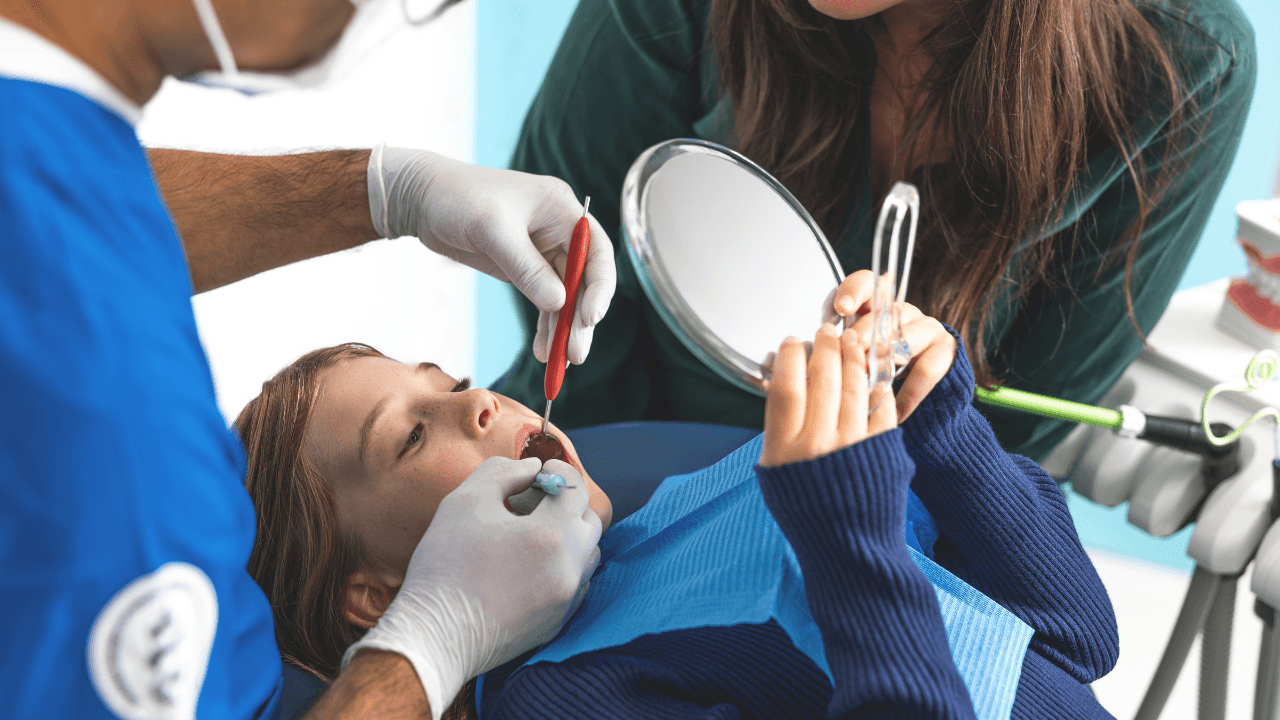A narrative review
Having a healthy mouth is an essential part of a child’s overall well-being. In the article A narrative review on advancing pediatric oral health: comprehensive strategies for the prevention and management of dental challenges in children (2025) Han et al. bring up the importance of using evidence-based preventive strategies in order to promote and maintain good oral health. Getting a good start is the key to healthy teeth for life.
Oral health challenges in children
Data collected from the Global Burden of Diseases, Injuries, and Risk Factors Study show an increase in the incidence of caries in permanent teeth in children aged 5 through 14 years. Globally, there is a persistent burden and health issue of caries among children. In low-income communities, barriers such as financial constraints, limited access to care, and low awareness among parents make effective prevention difficult. Sweden seems to be one of the exceptions; the proportion of caries-free 6-year-olds is currently 83%, and for 12-year-olds it’s 72%.
While dental caries is the biggest issue when it comes to children’s oral health, there are other challenges as well. These vary with age, starting with teething pain and moving on to delayed eruption, dental trauma, various malocclusions, leading to orthodontic treatment, and inadequate brushing habits leading to gingivitis. To improve oral health outcomes among children, we need a tailored approach that considers age.
A tailored approach for better oral health outcomes
To prevent dental issues, age-specific oral hygiene programmes and cost-effective public health strategies, such as education on proper fluoride use and school toothbrushing, are needed. One example of caries prevention is fluoride varnish, which is effective for children aged 3 to 6, while fluoride mouthwash is an easier and more cost-effective option for children aged 7 and above, as it can be incorporated into their daily routines.
Today, digital tools can play a role in prevention and have been shown to improve children’s brushing habits and commitment to oral hygiene routines. Brushing should be fun!
Parents are key players
Educating parents or caregivers reduces the risk of early childhood caries. A healthy, low-sugar diet and good oral hygiene habits should be a family commitment. Research shows that shared experiences, such as eating and engaging in physical activity together, foster positive health behaviours. Similarly, parent-supervised toothbrushing and parents with good oral health practices are associated with reduced caries risk in children.
In Sweden, we encourage parents to help their children with toothbrushing until they are 10-12 years of age.
Don’t forget to talk about food and drinks! Healthy eating is not only good for our teeth but also for stable blood sugar and a healthy weight, which is much better for our overall health. Adolescents with diabetes are at higher risk for gingival inflammation, which also highlights the need for individual oral health interventions. Sugary snacks increase bacteria growth and acid production and are best avoided, and studies show children who have sugary snacks more than three times daily have twice the risk of developing caries compared to those with lower sugar intake.
So, what should we recommend? A balanced diet rich in essential nutrients such as calcium, phosphorus, and vitamins A, C, and D. If you want examples, there’s a list at the bottom of the page.

